Yes, science experiments can be done in your kitchen! We love learning and playing with simple kitchen science experiments. Why kitchen science? Because everything you need is already in your kitchen cupboards. There are so many cool science experiments to do at home with household items. These fun food experiments are sure to develop a love for learning and science with your kids! We love simple science experiments for kids!
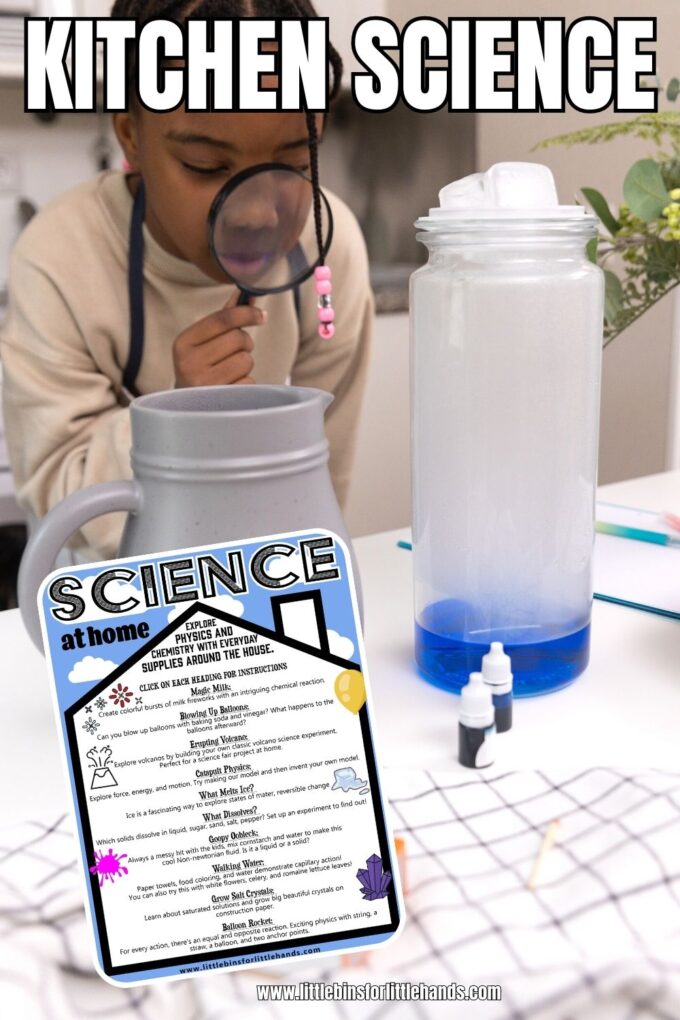
What Is Kitchen Science?
Kitchen science, often referred to as kitchen chemistry or kitchen experiments, involves using everyday kitchen items and ingredients to conduct simple science experiments or demonstrations.
The best thing is these experiments are accessible, safe, and typically do not require specialized laboratory equipment. Kitchen science activities are a great way to introduce scientific concepts to children, students, or anyone interested in exploring science at home.
There are so many great science experiments using kitchen ingredients. Most of which I am sure you already have in your cupboards. Why not bring your science learning right into the kitchen?
Is cooking a STEM activity? Absolutely! Cooking is science as well! Some of these fun food experiments below you can eat, and some are experiments with common kitchen ingredients that you can not eat. Learning happens everywhere! Get ready to explore kitchen chemistry with our list of easy set to up kitchen science experiments below!
Using The Scientific Method With Kids
The scientific method is a process or method of research. A problem is identified, information about the problem is gathered, a hypothesis or question is formulated from the information, and the hypothesis is tested with an experiment to prove or disprove its validity.
Sounds heavy… What in the world does that mean?!?
The scientific method can be used as a guide to help lead the discovery process. You don’t need to try and solve the world’s biggest science questions! The scientific method is all about studying and learning things right around you.
As kids develop practices that involve creating, gathering data evaluating, analyzing, and communicating, they can apply these critical thinking skills to any situation.
Even though the scientific method feels like it is just for big kids, this method can be used with kids of all ages! Have a casual conversation with younger kiddos, or do a more formal notebook entry with older kiddos (free printable below).
Click here to learn more about the scientific method for kids with examples. Includes information on developing a hypothesis with kids, variables, and more.
Setting Up A Kitchen Science Fair Project
Science projects are an excellent tool for older kiddos to show what they know about science! Plus, they can be used in various environments, including classrooms, homeschool, and groups.
Kids can take everything they have learned about using the scientific method, stating a hypothesis, choosing variables, and analyzing and presenting data.
Want to turn one of these kitchen chemistry experiments into an excellent science fair project? Check out these helpful resources.
Edible Kitchen Science Experiments To Try
We love simple science experiments that are also edible. The kids will love these food experiments, including plenty of edible slime recipes, homemade ice cream in a bag, and fizzy lemonade!
Bread in a Bag
Baking is fantastic science, and this bread in a bag experiment is perfect for learning about yeast and chemical changes while making a tasty snack.
Homemade Ice Cream in a Bag
Grab the gloves because this gets chilly even if it’s a 100 degrees outside. Homemade ice cream in a bag is an excellent way to enjoy summer science and learn about freezing point.
Butter in a Jar
Shake it up! Keep shaking, and eventually, you can turn cream into a rich, delicious butter that doubles as kitchen science. Make butter in a jar to go along with our bread in a bag!
Fizzy Lemonade
Science you can drink while learning about acids and bases! Try making fizzing lemonade for fun kitchen chemistry.
Rock Cycle Bars
How do sedimentary rocks form? Demonstrate the rock cycle with this completely edible rock cycle snack bar.
Popcorn Science
Turn your next movie time into a little bit of science time, too, with popcorn in a bag.
Homemade Slushie in a Bag
Homemade slushie or sorbet in a bag you can make in a bag for chilly kitchen science and a great alternative to our homemade ice cream in a bag.
Snow Ice Cream
If you’ve just had a snowstorm or have plenty of white stuff hanging around, snow ice cream is a gun treat to try. You can also try snow candy!
Marshmallow Slime
Edible slime starts with the best marshmallow slime you can make! You can either use jumbo marshmallows (microwave needed) or you can use marshmallow fluff (no cook) to make this cool sensory recipe.
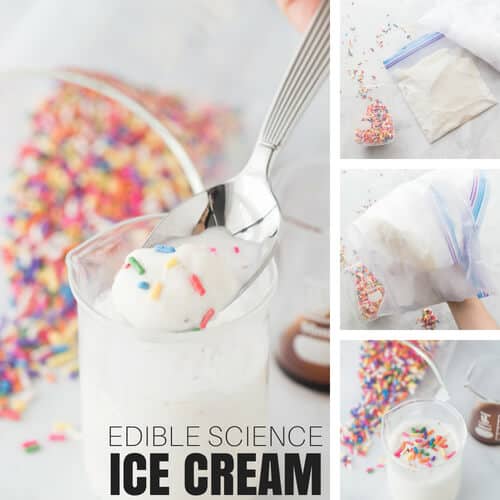
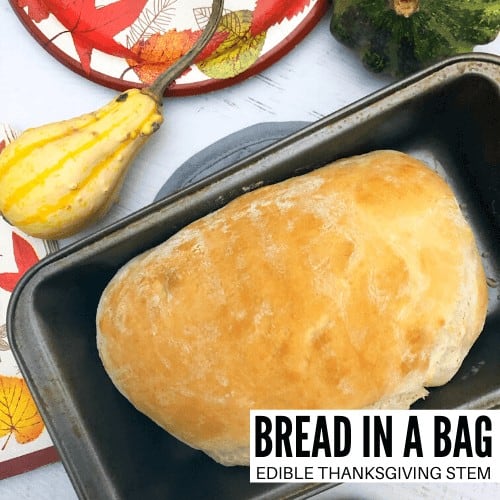
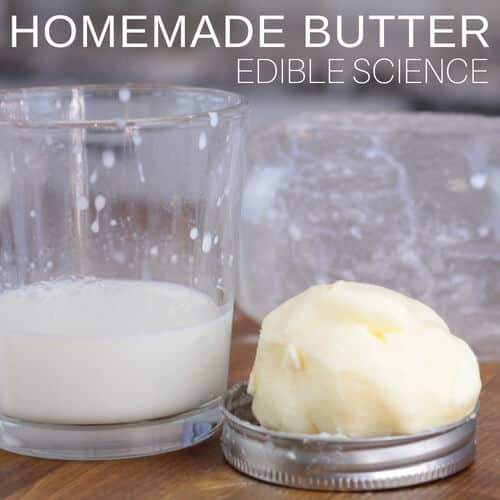
More Fun Kitchen Science Experiments
These science experiments below use ingredients you will commonly find in your kitchen. But most of them you would not want to eat!
TIP: Many of these kitchen science experiments have free printable instructions!
APPLE EXPERIMENT
Why do apples turn brown? Find out why with this fun kitchen science experiment.
BALLOON EXPERIMENT
Combine quick science and balloon play with our easy-to-set-up kitchen chemistry for kids! Can you inflate a balloon without blowing into it?
BAKING SODA AND VINEGAR EXPERIMENTS
Baking soda and vinegar eruptions are always a hit, and we have a ton of baking soda experiments for you to try. Here are some of our favorites…
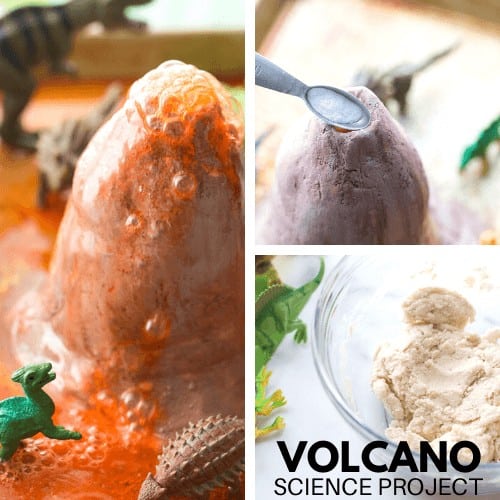
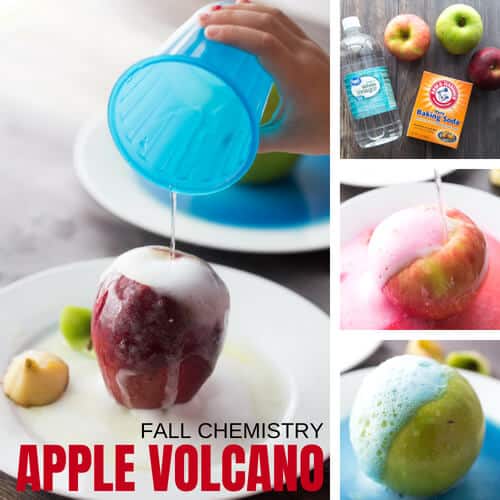
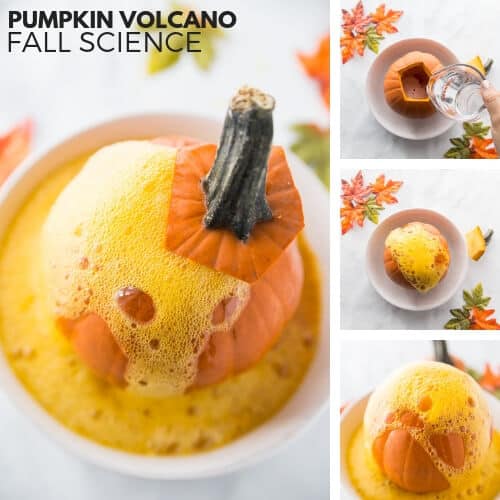

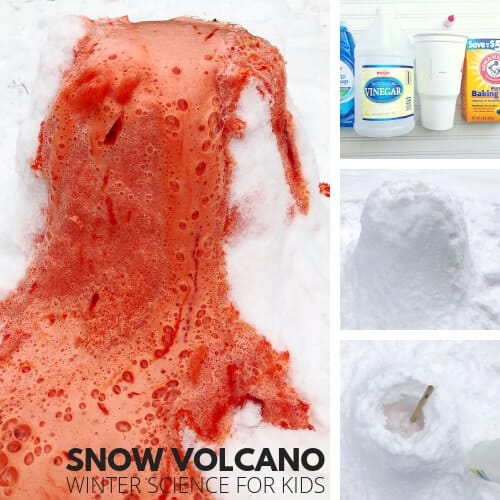
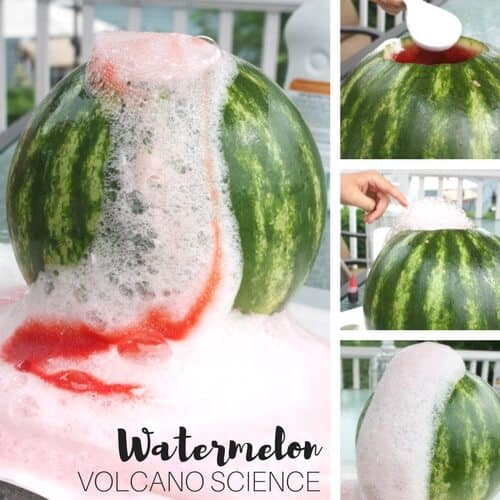
BUBBLE SCIENCE EXPERIMENTS
Investigate the science of bubbles and have fun at the same time.
CANDY DNA MODEL
Learn all about DNA with this easy-to-make candy model. You might want to sample it too!
CANDY GEODES
Eat your science with a totally SWEET activity! Learn how to make edible geode candy using simple kitchen ingredients I bet you already have.
CHICK PEA FOAM
Have fun with this taste safe sensory play foam made with ingredients you probably already have in the kitchen! This edible shaving foam or aquafaba as it is commonly known is made from the water chick peas are cooked in.
CITRIC ACID EXPERIMENT
This fun kitchen science experiment for kids is all about smell! What better way to test out our sense of smell than with a citrus acid experiment. Investigate which fruit makes the biggest chemical reaction; oranges or lemons.
CLOUD IN A JAR
Three things are needed to make a cloud. First, you need warm moist air. Next, you need a cooling process. Lastly, you need a cloud condensation nucleus or something to start the cloud.
CRANBERRY SECRET MESSAGES
Are you a fan of cranberry sauce? I’m not a huge fan, but it’s great for science! Explore acids and bases with the kids and of course, see if you can write a secret message or two.
DANCING CORN
Can you make corn dance? This bubbling corn experiment appears almost magical but it really just uses baking soda and vinegar for a classic kitchen science activity.
DANCING RAISINS
Can you make raisins dance? All you need are a few simple kitchen ingredients for this fun science experiment.
EDIBLE STRUCTURES
This one is more of an engineering activity but definitely uses items from the kitchen and is the perfect way to introduce STEM for kids.
EGG IN BOTTLE
This egg in a bottle project is a fun way to learn about how changes in air pressure can result in a fascinating and seemingly magical outcome. Watch a boiled get sucked into a bottle without even touching it!
EGG IN VINEGAR
Rubber egg, naked egg, bouncing egg, whatever you call it, this is a pretty cool science experiment for everyone. All you need is an egg and vinegar.
ELECTRIC CORNSTARCH
Electric cornstarch is perfect as an experiment to demonstrate the power of attraction (between charged particles, that is!) You need 2 ingredients from your pantry and a couple of basic household ingredients to do this fun science experiment.
ELEPHANT TOOTHPASTE
Kids will love this foaming chemical reaction that some say looks like elephant toothpaste!
FLOATING ORANGE
Investigate whether an orange floats or sinks in water, and even add in the scientific method. Learn about buoyancy and density with a simple ingredient from the kitchen, an orange.
FLOATING RICE EXPERIMENT
Explore friction with a fun and simple activity that uses classic household supplies.
GERM EXPERIMENT
Here’s a kitchen science experiment you definitely won’t want to eat! Grab some bread and investigate which surface at home or in the classroom will grow the most germs.
GLOWING SPINACH EXPERIMENT
Transform ordinary spinach that you eat into a glowing green mixture under ultraviolet light! Learn about the pigments present in plants, particularly chlorophyll and how certain pigments can absorb light at one wavelength and emit light at another, resulting in the observed glow.

GROW SALT CRYSTALS
Simple to grow and taste safe, this salt crystals experiment is more manageable for younger kids, but you can also try growing borax crystals for older kids.
INVISIBLE INK
What is the best invisible ink? Lemon juice has to be one of the most accessible invisible inks to use. Read on how to create your secret messages with invisible ink.
KITCHEN SINK OR FLOAT
What sinks and what floats? Grab some everyday items you have in your kitchen to test out. You might find our choices to be eye-opening for little scientists!
LAVA LAMP EXPERIMENT
Every kid loves this classic experiment that is two activities in one! Do oil and water mix? What is the chemical reaction? So many great questions…
MAGIC MILK EXPERIMENT
Art with milk and fascinating kitchen science for any chemistry lesson.
M&M EXPERIMENT
Science and candy all in one perfectly simple science activity for kiddos to try. You will want also to try this awesome floating m experiment!
MILK AND VINEGAR
Kids will be amazed by the transformation of a couple of household ingredients into a moldable, durable piece of a plastic-like substance. This milk and vinegar plastic experiment is a terrific example of kitchen science, a chemical reaction between two substances to form a new substance.
OOBLECK
Easy to make and even more fun to play with. Just 2 ingredients, and learn about non-Newtonian fluids with this simple kitchen science activity.
POP ROCKS AND SODA
A fun candy to eat, and now you can turn it into an easy Pop Rocks science experiment too! Find out what happens when you mix soda with pop rocks!
REGROW LETTUCE
Grow your own food on the kitchen counter from the leftovers!
SALAD DRESSING
Oil and vinegar don’t normally mix! Find out how to make a homemade oil and vinegar salad dressing with one special ingredient.
SKITTLES EXPERIMENT
This skittles experiment might not seem like much of a science activity, but kids love it! There are definitely some simple but important science concepts for them to learn, and they can play around with a little art too.
SODA EXPERIMENT
Love fizzing and exploding experiments? YES!! Well here’s a another one the kids are sure to love! All you need are Mentos and coke. Here is an even more explosive version of it!
STARBURST ROCK CYCLE
Try this fun Starburst rock cycle activity where you can explore all the stages with one simple ingredient.
STRAWBERRY DNA EXTRACTION
Find out how to extract strawberry DNA with just a few simple ingredients from your kitchen.
SUGAR WATER DENSITY
Check out the density of liquids and try to make a rainbow too.
WALKING WATER
Get out the roll of paper towels for this kitchen science experiment!
WATER ABSORPTION EXPERIMENT
Simple to set up and fun to experiment with, kids can test everyday materials to see if they absorb or repel liquids.
Helpful Science Resources
Here are a few resources to help you introduce science more effectively to your kiddos or students and feel confident when presenting materials. You’ll find helpful free printables throughout.
- Best Science Practices (as it relates to the scientific method)
- Science Vocabulary
- 8 Science Books for Kids
- All About Scientists
- Science Supplies List
- Science Tools for Kids
- 50 Easy Science experiments for kids
Printable Science Projects For Kids
If you’re looking to grab all of the printable science projects in one convenient place, plus exclusive worksheets and bonuses, our Science Project Pack is what you need!


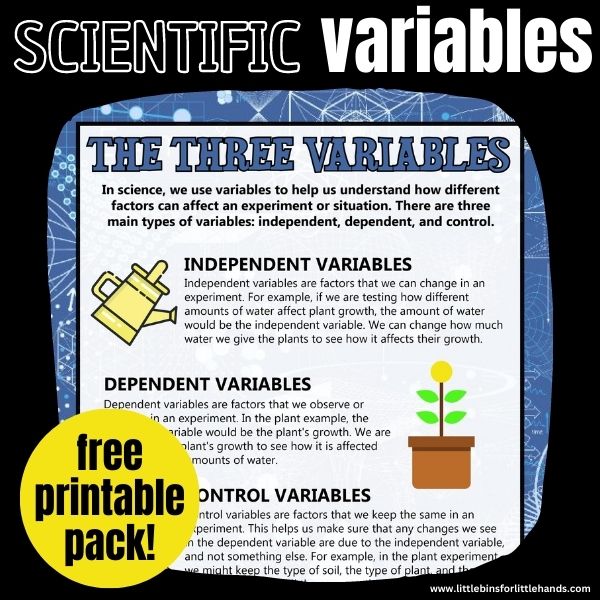

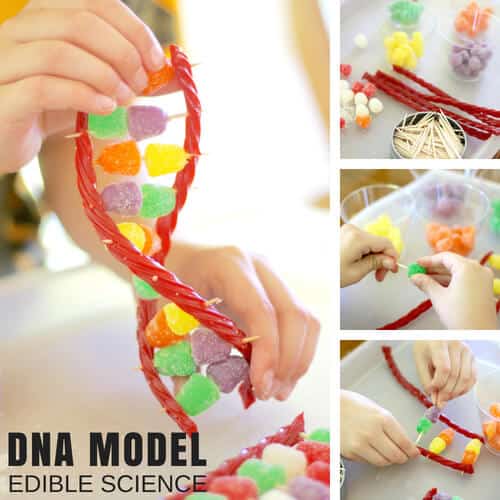

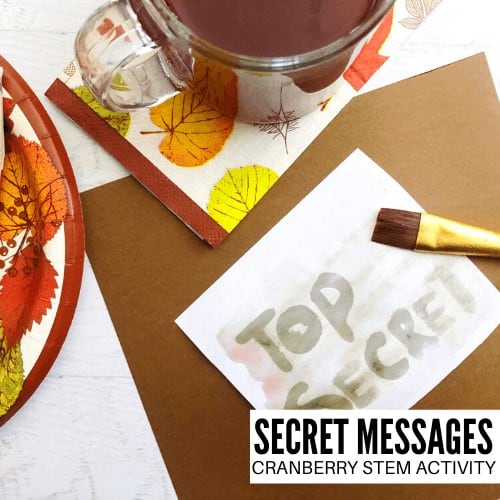
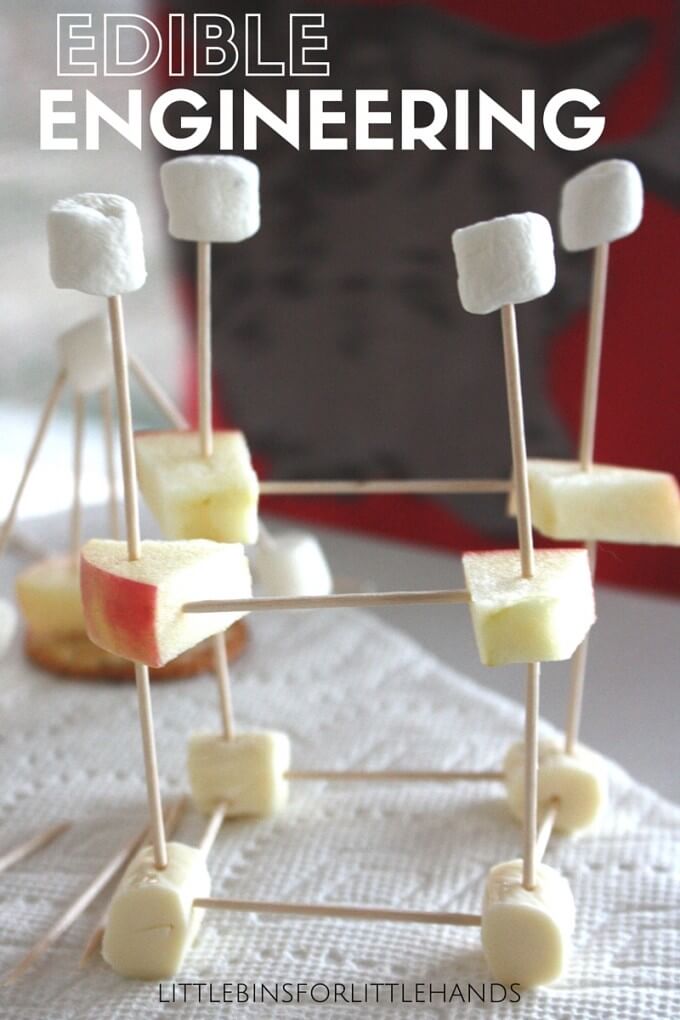
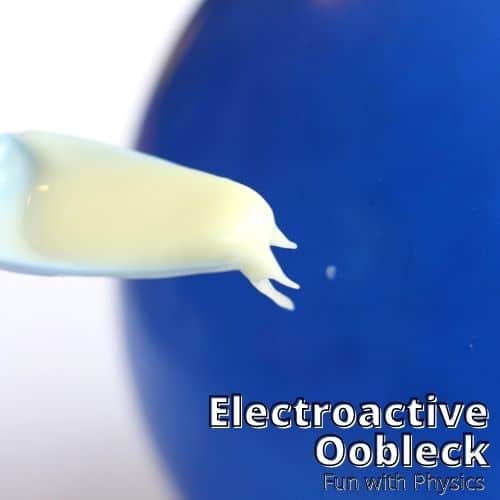
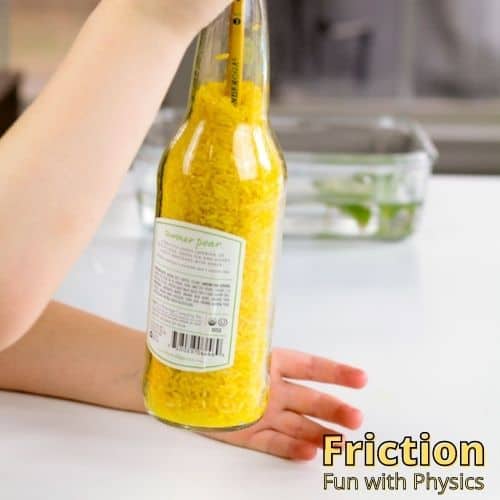

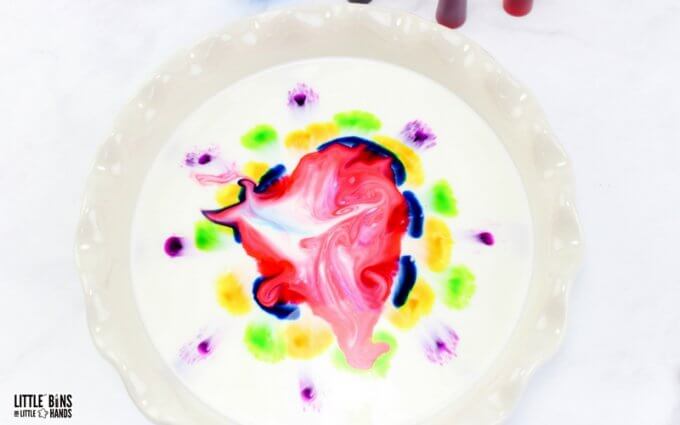
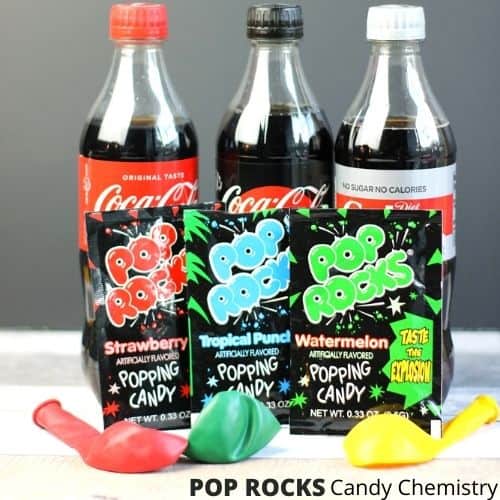

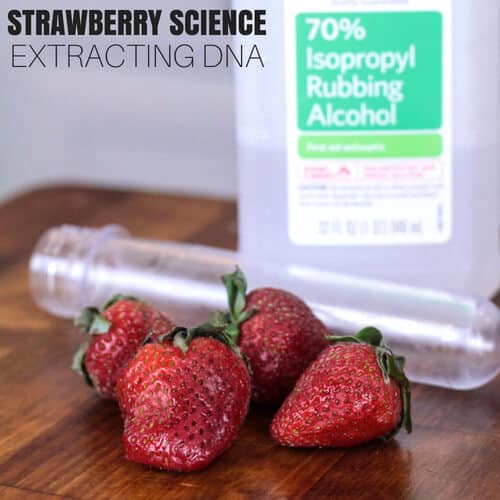







Love the cookie cutter idea. My little preschooler loves this mini science experiment: milk in bowl, food coloring drops and swirl with toothpick. Entertains for a good 20-30 minutes every time.
it’s never too late to share this on #kidsinthekitchen 🙂 http://lookwhatmomfound.com/2014/05/peanut-butter-oatmeal-power-bites-kidsinthekitchen.html
These are so cute and fun! Science experiments are always a hit with the kids. Thank you for sharing!
I am always intimidated by doing science experiments with my boys. I know they’d love them… but science was not my thing. So I shy away from them. These look so easy though, we may have to give ’em a try! Thanks for sharing on Makeovers & Motherhood’s Welcome Party Wednesday Link-Up! I am featuring you this week!
It is great when we can use items we already have at home to help our children have fun learning! These are wonderful ideas that are easy to prepare. And I love that you contained each on a separate tray, should make clean-up a bit easier. Thanks for sharing at the Thoughtful Spot Weekly Blog Hop!
Everyone loves what you guys are up too. This kind of clever work and exposure!
Keep up the terrific works guys I’ve added you
guys to my blogroll.
Making sugar crystals in the kitchen is another great one! We can’t wait to do some edible engineering ourselves!